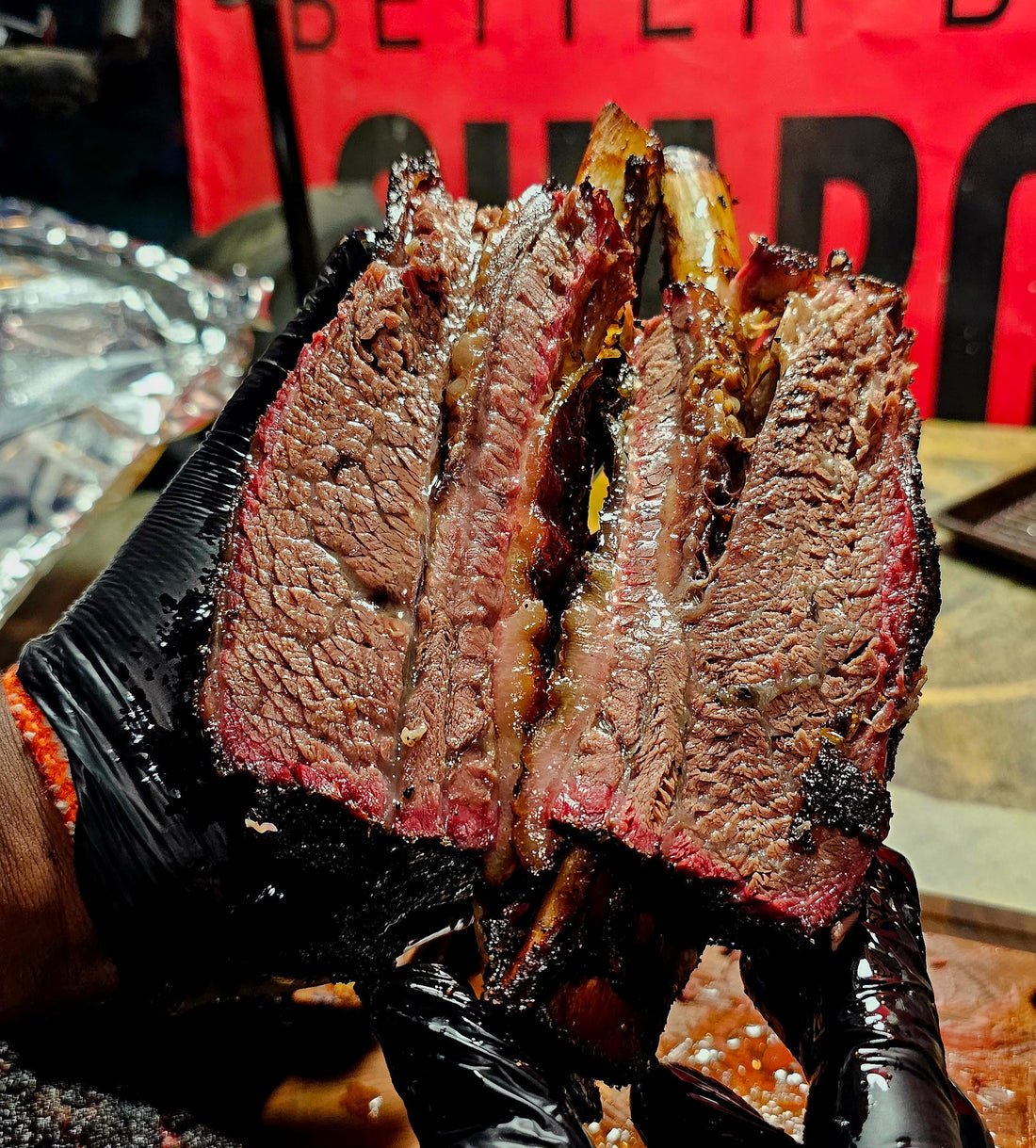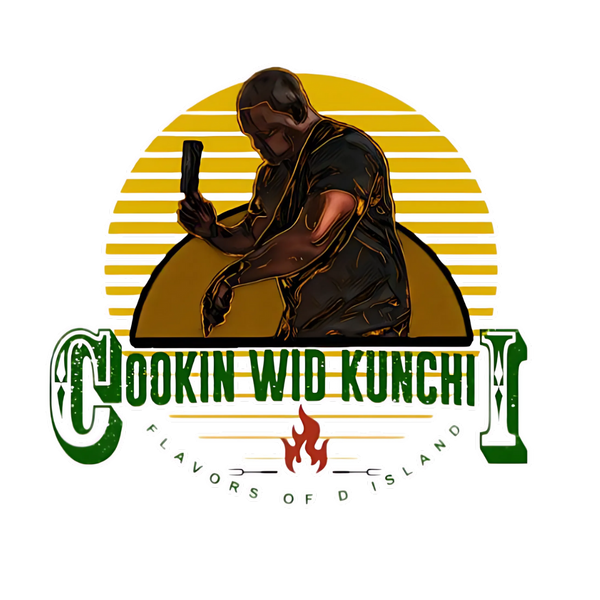
How To Smoke Dino Beef Ribs(Beef Plate Ribs)
Achunchigan LattoreShare

If you've spent any time around BBQ enthusiasts, you've probably heard the term "Dino beef ribs" and seen the pictures of massive, meaty bones. The name is no accident—when cooked properly, they look like something straight out of the Flintstones. But what exactly are they, and how do they differ from other beef ribs you might see at the store?
The key to understanding Dino ribs lies in the difference between the two main types of beef short ribs: beef plate ribs and chuck short ribs.

Beef Plate Ribs (The True "Dino Ribs")
These are the ribs that give the name "Dino Ribs" its meaning. Beef plate ribs come from the short plate primal, which is located on the cow's lower rib cage, from ribs 6 through 8.
-
Size: This is their defining characteristic. A full rack of beef plate ribs is long and typically contains three large bones. The meat on top is thick and fatty, often resembling a brisket on a stick.
-
Meat-to-Bone Ratio: The ratio is heavily skewed in your favor. There's a generous, thick layer of rich, marbled meat on top of each bone, making for a substantial, show-stopping meal.
-
Flavor and Texture: Because of their high fat content and incredible marbling, beef plate ribs are perfect for low-and-slow cooking methods like smoking or braising. When cooked to the right temperature (usually around 207°F), the fat renders down, and the connective tissue breaks apart, leaving you with tender, juicy, and incredibly beefy meat that can be pulled off the bone with no effort at all.
Chuck Short Ribs
Chuck short ribs, on the other hand, are cut from the chuck primal, which is the shoulder area of the cow, from ribs 2 through 5. They are a different cut altogether.
-
Size: These are much shorter and have a more rectangular shape compared to the long plate ribs. They are often sold as individual bones, sometimes referred to as "English cut."
-
Meat-to-Bone Ratio: While still meaty, they don't have the same thick slab of meat on top as plate ribs. The meat is often wrapped around the bone rather than sitting as a large "deck" on top.
-
Flavor and Texture: Chuck short ribs are also great for low-and-slow cooking. They have a more gelatinous, unctuous texture due to a higher amount of connective tissue. This makes them a fantastic choice for braising recipes, where that collagen melts down into a rich, flavorful sauce.
In short, if you're looking to achieve that awe-inspiring, "brisket on a stick" masterpiece, you want beef plate ribs. If you're looking for a more traditional short rib for braising in a pot, you're likely looking for chuck short ribs.
Now, while you can always ask your local butcher for beef plate ribs, they can sometimes be a difficult cut to find. The good news is, they are readily available at big box retailers. I've personally found them at Sam's Club, often sold in large packs, which is perfect for a big cook.
If you're not a Sam's Club member but want to try your hand at cooking these amazing ribs, they offer a free 30-day trial membership. It’s a great opportunity to explore the warehouse for all your grilling needs, grab a rack of those beautiful Dino ribs, and see for yourself why they are considered a BBQ legend. These racks were cooked on a custom offset using B&B mesquite wood splits. If you can't find B&B Charcoal in your local area, you can now order online from Walmart. Perk? Free shipping on all orders over $35.00.

Smoked Dino Beef Ribs
Prep Time: 20 minutes
Dry Brine Time: 6-12 hours
Cook Time: 6-8 hours (estimated)
Rest Time: 1 hour
Serving Size: 1 rack for 5-6 people
Ingredients:
1 rack of Dino Beef Ribs
Homemade Beef Rub (see recipe below)
Homemade Beef Rub:
2 parts 16 mesh pepper
1 part coarse kosher salt
1 part granulated onion
1 part granulated garlic

Instructions:
Step 1: Prep
Pat the beef ribs dry with a paper towel.
The prep on beef ribs is very important. The ribs have a thick silver skin on top of the meat that needs to be trimmed off to allow the seasoning and smoke to make contact with the meat for maximum flavor. Use a sharp knife to get under the membrane and carefully trim it off, being mindful not to remove too much meat. You may need to do it in multiple pieces. You will lose a lot of fat off the ribs, but this meat has so much intramuscular fat that you won't miss it.
Apply a generous amount of the homemade beef rub to all sides of the ribs.
Place the seasoned ribs on a wire rack and put them in the refrigerator, uncovered, for 6-12 hours. This dry brining process will help tenderize the meat and enhance flavor. Read about dry brining here.

Step 2: The Cook
Prepare your smoker or grill for a low and slow cook. To achieve a great smoky flavor and consistent results, I recommend using B&B charcoal products, whether you prefer pellets, charcoal, wood chunks, or their full-sized wood splits.

Maintain a steady cooking temperature of 250°F. Based on my experience, this temperature range is perfect for this cut of meat, allowing the fat to render down slowly while the smoke permeates the meat.

Place the ribs directly on the grill grates.
Monitor your fire management to maintain a steady temperature throughout the cook as best you can. These beef ribs are one of the rare cuts that deserve the label "game changer." Your family will not stop thanking you, because if you nail the cook, you're gonna need to make these on repeat. See a full comparison cook in the backyard using the Weber Kettle vs. the Oklahoma Joe's Bronco to make them.
